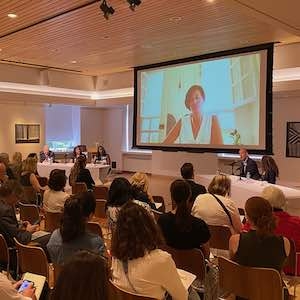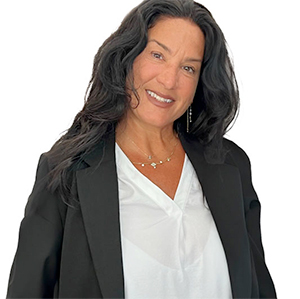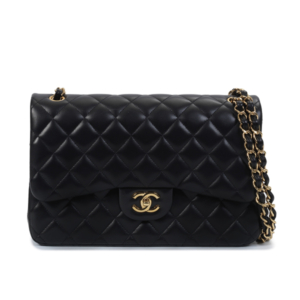
Jewelers should take advantage of the available tools—from due diligence to advanced technology—to garner more information about the origin of their materials, according to a panel on traceability held July 18 during the Initiatives in Art and Culture’s 13th annual Gold & Diamond Conference.
“Consumers want this,” said panelist Sara Yood, deputy general counsel for the Jewelers Vigilance Committee. “You may not know that consumers want this, and the data may not show that consumers want it. But it’s pretty clear that consumers are asking for this information at a higher level than they were previously.
“And more important,” she said, “governments want this information too.”
Rebecca Nolan, a State Department foreign affairs officer who represents the U.S. at the Kimberley Process, noted that the G7 has twice said that it wants to ban the import of Russian polished diamonds, but is still working out the details on how to do so.
“Our partners are continuing to develop a framework,” she said. “The conversations we have had with the industry are helpful in getting a sense of how these supply chains work.”
Yood said she believed that any Russian diamond ban will have “a size floor which will be phased in over time.” She said, “The Belgian government, which has been against [sanctions on Russian diamonds] for so long, is realizing they have an opportunity to leverage Antwerp as a through destination for diamonds in a way they haven’t been able to in some time.”
While there has been talk of a method that could scientifically determine the origin of diamonds, David Block, CEO of Sarine diamond technology company, was skeptical. “Diamonds are not gemstones,” he said. “With gemstones, trace elements are useful [in determining origin]; with diamonds, the quantity of trace elements is so much less. As a result, it’s probably not possible—and if it was, it would be costly and time-consuming.”
But he added that programs to follow diamonds through the pipeline are “possible and here today and won’t involve a huge burden on the industry”—though, for now, they will only work on newly mined goods.
Another panelist, designer Satta Maturi, said, “The diamond industry as a whole has done an incredible job creating and investing in traceability technology, especially if you compare us to other sectors, like colored stones, and probably metals, where I, as a maker, would like to see more done.”
How can jewelers determine the origin of their materials? Yood said they should use their current anti-money-laundering policy as a building block: “The know-your-customer form has a certain set of elements that are required on it. You can build on to that. You can make that a more robust vendor packet and ask further questions.
“If your vendors don’t want to answer all those questions,” she continued, “you can make a determination: Do I want to work for this business or not? I understand from a small retail perspective you feel that you have no power. But there are suppliers out there who want to give you this information. They are proud of the work they are doing for to identify their supply chains and do due diligence.”
She noted that most due diligence procedures are based on guidance from the OECD (the Organization for Economic Cooperation and Development), and advised jewelers to check out its website, duediligenceguidance.org, for helpful tips.
“If you have not been there, I strongly recommend it. It has animation and directions, and it’s very usable.”
Alison Charalambous, vice president, responsible sourcing and sustainability, for Brilliant Earth, said her company carefully spells out its expectations for vendors. “You say what expectations are, what the origins you approve of, and the level of traceability you want from that vendor,” she said. “And then you test them to see if they are able to show you proof of their sourcing practices, and how they themselves trace origin.
“In that process, you can tell how sophisticated they are [about tracing their materials], if it’s something they do on a day-to-day basis, if it’s something they consider or don’t consider, if it’s something they do when you’re not watching. Oftentimes you can quite quickly eliminate them [based on that].”
All the panelists agreed that not everyone’s supply chain will become perfect overnight, but it’s important to show “continuous improvement.”
“Sometimes it’s enough to get one thing right,” said Matturi, who is a board member of the Responsible Jewellery Council. “And that can have a great impact.”
The panel, held at Bohemian National Hall in New York City, was moderated by the author of this article.
Top: Initiatives in Art and Culture’s Gold & Diamond Conference (photo by and courtesy of Cristina Villegas)
Follow JCK on Instagram: @jckmagazineFollow JCK on Twitter: @jckmagazine
Follow JCK on Facebook: @jckmagazine






